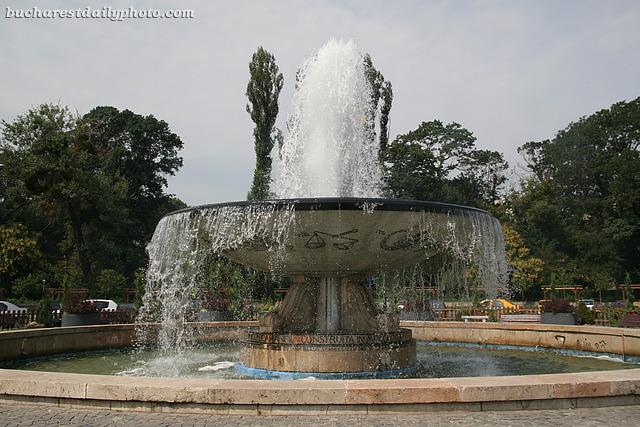Versiune în română
 Iuliu Maniu (January 8, 1873 – February 5, 1953) was one of Romania’s foremost politicians, serving as the Prime Minister of Romania for three terms during 1928–1933. He was an adversary of Russian influence and for this reason he was imprisoned in 1947 when the communists came to power. He died in 1953 in Sighet prison. His statue, the work of artist Mircea Spătaru is located in the Revolution Square, in front of the former Communist Party Headquarters which are now housing governmental offices. I like the statues because it is modern, expressive and full of pathos, something different among the standard 19th century statues which fill Bucharest.
Iuliu Maniu (January 8, 1873 – February 5, 1953) was one of Romania’s foremost politicians, serving as the Prime Minister of Romania for three terms during 1928–1933. He was an adversary of Russian influence and for this reason he was imprisoned in 1947 when the communists came to power. He died in 1953 in Sighet prison. His statue, the work of artist Mircea Spătaru is located in the Revolution Square, in front of the former Communist Party Headquarters which are now housing governmental offices. I like the statues because it is modern, expressive and full of pathos, something different among the standard 19th century statues which fill Bucharest.

















